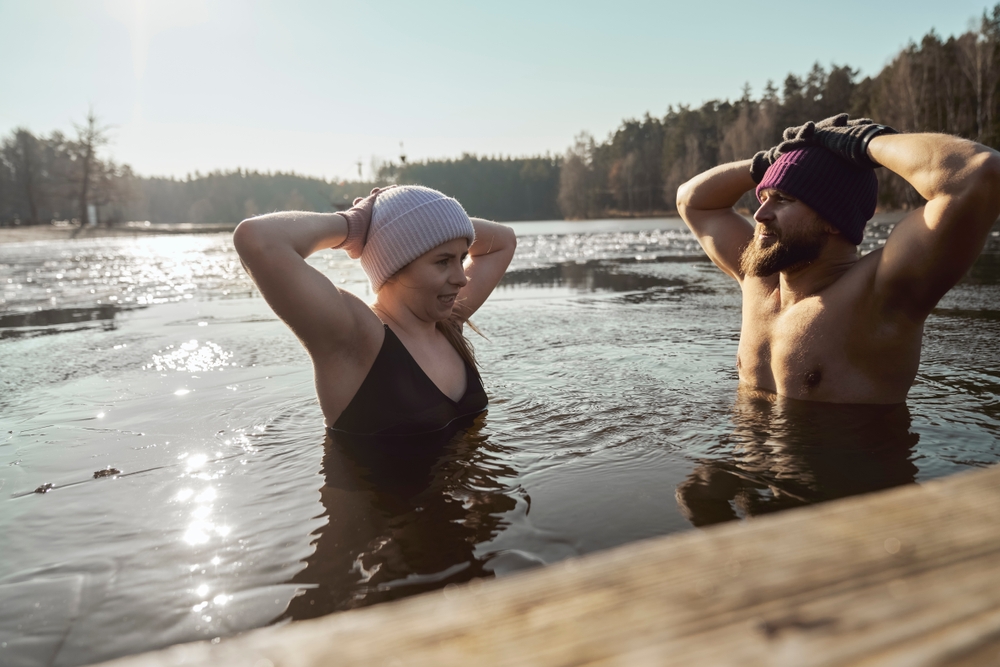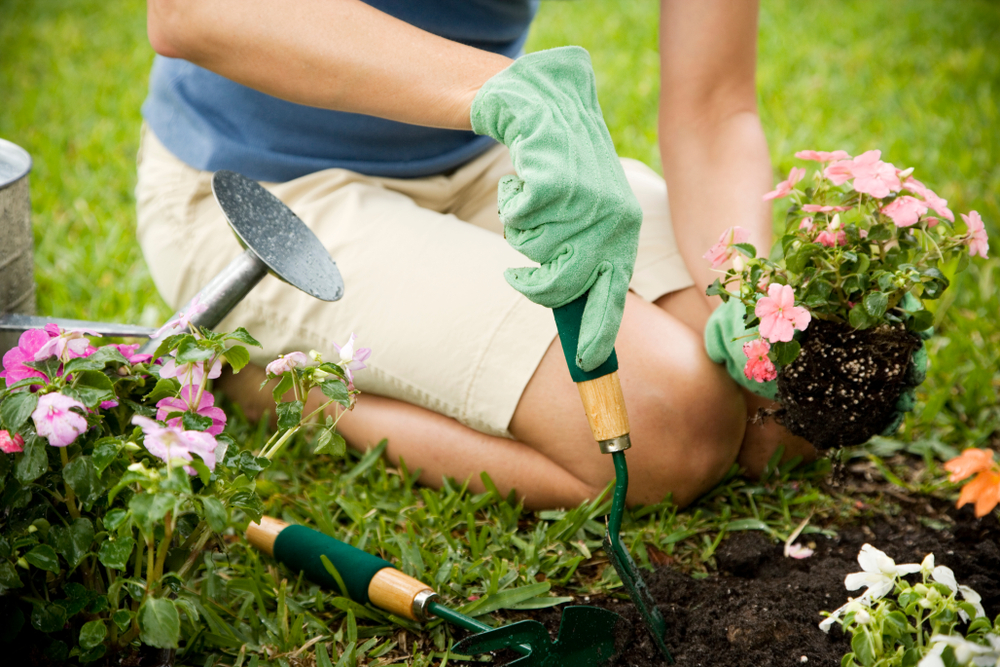- Independent Occupational therapist at HSL reveals how slow fitness such as cold water swimming, padel, or ‘deskercise’ can boost physical and mental wellbeing.
It can be tricky to make time for yourself around your main commitments, but prioritising your physical and mental wellbeing is a vital part of staying fit, healthy and positive.
Luckily, it’s less difficult than you might think to fit some activities into your routine that will have a positive impact on your wellbeing.
Ahead of Mental Health Awareness Week (13th-19th May), Julie Jennings, independent occupational therapist at HSL, reveals her 6 favourite activities to boost your physical and mental wellbeing.

- Embrace slow fitness
Slow fitness involves activities with a focus on mindfulness and mood boosting, low intensity exercise. This includes activities like yoga, Pilates and Tai Chi. Slow fitness is a trending movement, which has seen a 200% increase in Google searches over the last year1.
Julie shares: “Slow fitness can have a very positive impact on mental and physical health, and is a great option for those who might have health barriers that prevent them from taking on higher intensity activities.
“Activities like yoga and Pilates allow you to stay active and increase your strength and flexibility. Other activities, like Tai Chi and Qi Gong, allow you to take a more mindful approach through their focus on controlled breathing, and are particularly effective at combating stress and anxiety, as well as physical fitness.
“The great thing about all of these activities is they allow you to remain active whilst putting significantly less pressure on your joints. They’re a great substitute for more intense alternatives that might cause you pain or discomfort as you get older, or if you suffer from chronic joint discomfort.”
- The 5 minute movement
Whether you’re a busy bee, or spending lots of time sitting down, it’s great to factor in intentional movement. Adding a quick 5 minute activity to your day can help to improve your wellbeing.
Julie explains: “If for whatever reason you find that you’ve remained seated for a while, put aside some time to get yourself up and out of your chair for a quick walk about, even if it’s just heading to the kitchen to make a cup of tea.
“Alternatively, you can prevent your muscles from stiffening with some simple seated stretches and movements, or ‘deskercises’, designed to increase flexibility from the comfort of your armchair or sofa.
“Tricep stretches will prevent stiffness in your arms, whilst overhead reaches, trunk rotations and pectoral stretches will keep your torso flexible and prevent muscle tightness. These exercises can easily be carried out seated on any chair or a comfy recliner.”

- Enjoy the benefits of cold water
Whilst it is a slightly more moderate physical activity, cold water swimming can improve your heart health, circulation and even skin.
Julie explains: “Cold water swimming carries all of the usual benefits of swimming, but the temperature change makes it slightly more physically demanding whilst protecting your bones and joints. It’s known to have the additional benefits of improving your circulation and reducing stress or anxiety, thanks to the lower celsius.
“Even if you’d rather not go swimming, a cold bath or shower during the day can bring some of the same benefits, including improving your circulation.”
- Get cooking
Cooking can be a great way to relax, but getting active in the kitchen also allows you to control what you’re putting into your body, and get the most out of your meals.
Julie says: “As well as the more widely known benefits of a healthy diet, certain health conditions, such as arthritis, can be addressed through your cooking, by prioritising certain ingredients that can help prevent or relieve arthritic symptoms.
“A diet containing ingredients such as oily fish, nuts, beans and citrus fruits can help to develop healthy joints, and reduce the risk of arthritis. For those already experiencing symptoms, spices such as turmeric are a great option to reduce inflammation and pain in your joints.”

- Uncover your green fingers
Getting outside and spending time gardening is a great mindfulness exercise, allowing you to enjoy being outdoors and getting in touch with nature, whilst also carrying out mild physical activity.
Julie comments: “Gardening carries a whole range of mental and physical benefits, and is also rewarding in itself. To ensure you’re experiencing the physical benefits of gardening, make sure to be conscious of your posture, and avoid hunching over or slouching. Remember to have a 5 minute warm up and cool down before and after any form of more strenuous activity to help prevent injury.
“You should also make sure you’re protecting your knees with a soft pad when getting down on all fours, to avoid any damage to your joints, and make sure to take regular breaks where you stretch out and flex your back and joints to prevent them seizing up.”
- Socialise on the move
Getting out and meeting up with people, whether they’re long time friends or people you’ve recently met, is good for your wellbeing by itself, and you can increase the benefits by meeting up for an activity.
Julie says: “Simply meeting up with your friends for a walk, or joining a walking group made up of like minded and similar aged people, can help to keep you active and social.
“If you’d prefer to be a bit more competitive, padel is a racket sport built around socialisation. It’s played in doubles, meaning it’s great for encouraging friendships, and it’s also better for your joints than other racket sports, thanks to the smaller court and addition of a teammate.”
For more information about HSL and their range of wellbeing focused chairs, visit: https://www.hslchairs.com/chairs





